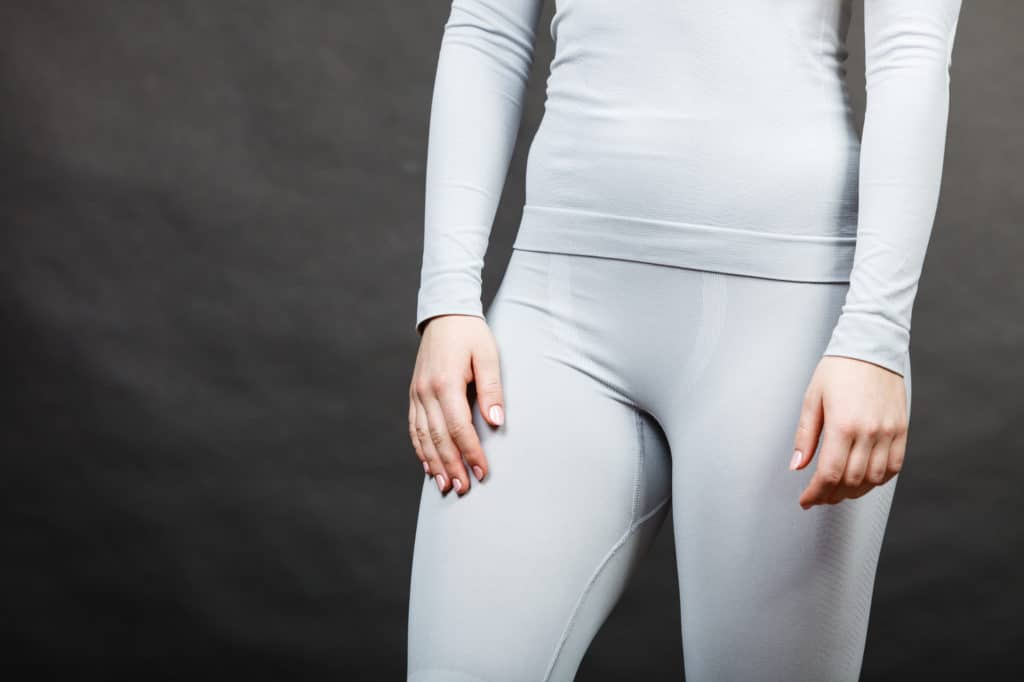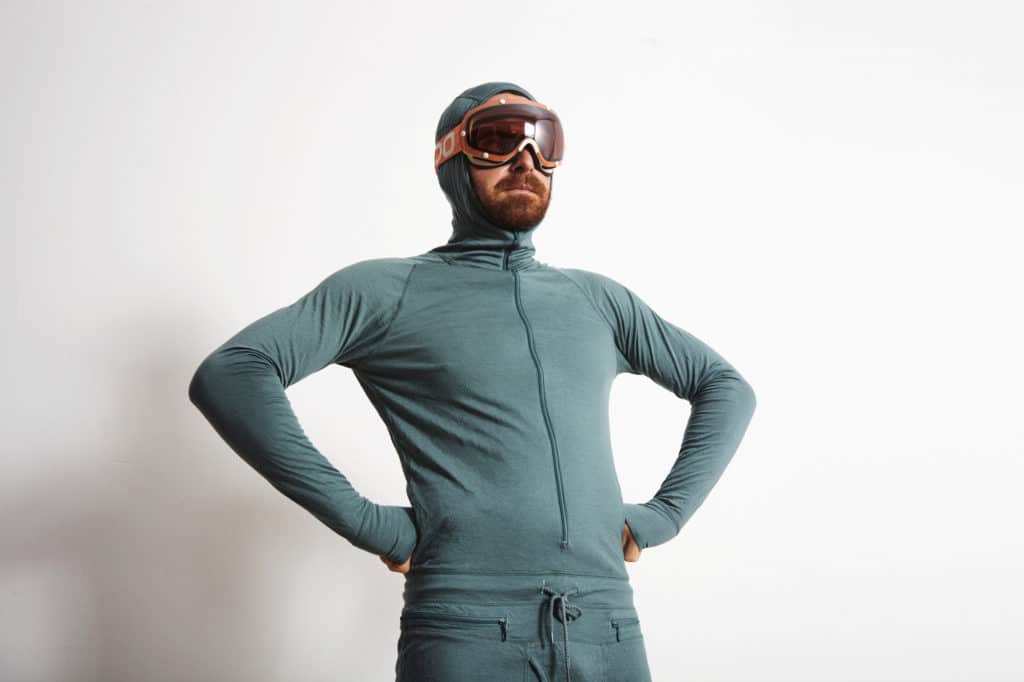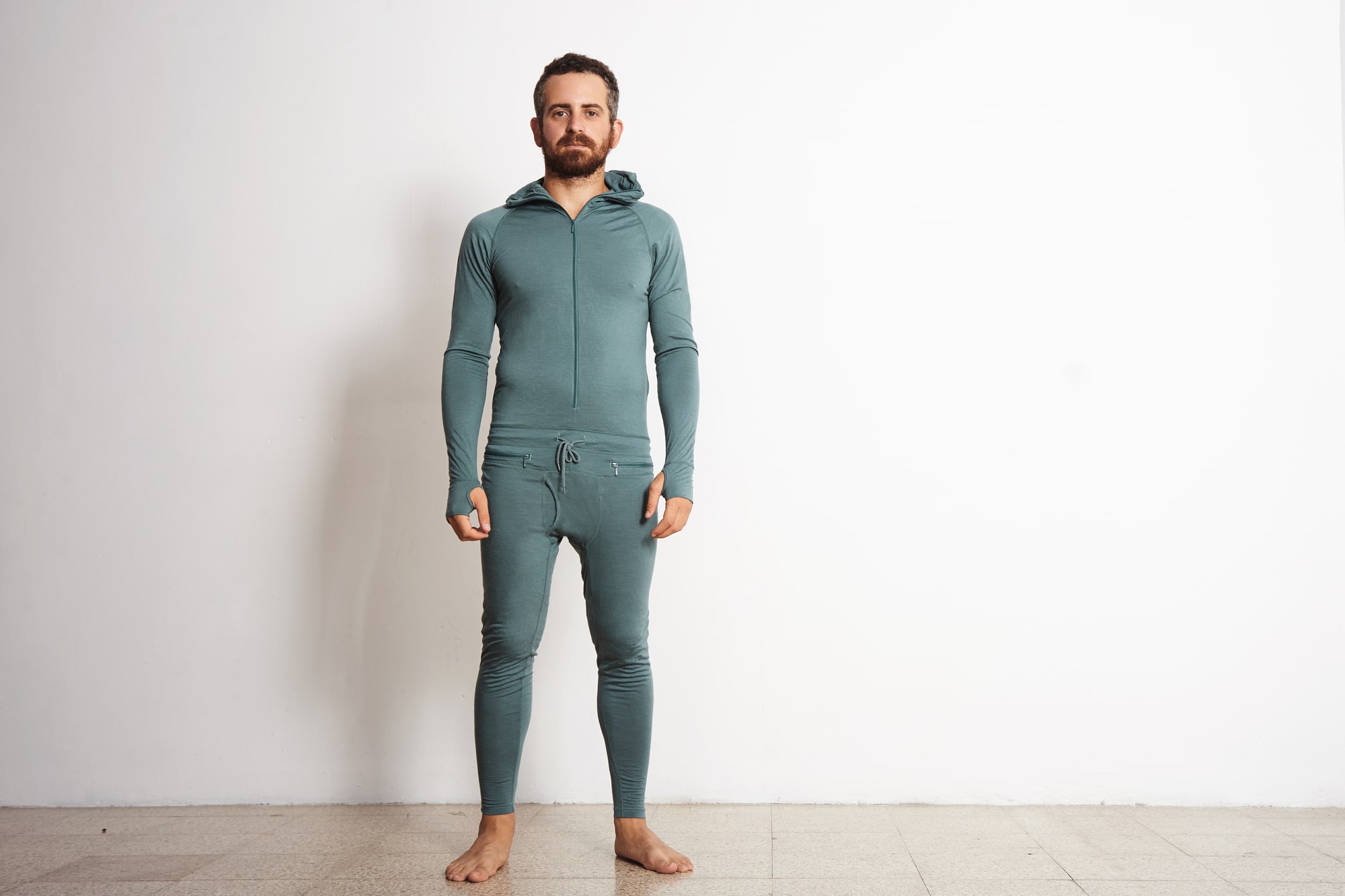There are many benefits to wearing underwear under thermals, especially for travelers that will be outside for multiple days and need to pack light. While you do not have to wear underwear under your thermals, and some people choose not to, you may want to after reading about the benefits of doing so.
Table of Contents
Benefits of Wearing Underwear Under Thermals

Wearing underwear under thermals is a normal thing to do, and there are a few benefits to doing so. The first benefit of wearing underwear under thermals is that you can easily change layers as the temperature changes.
For example, if you are outside where it is cold one day but hot the next, you can easily switch from thermals to everyday clothing if you are wearing underwear. Being able to change quickly is great if you are outside with little privacy and want some underwear on when you change.
Next, similar to everyday clothing, you can wear underwear under thermals to help them last longer before you need to wash them. If you are going on a long trip, packing underwear to wear under your thermals can save you space. Not only do you not have to pack too many thermals, but underwear is such an easy, small thing to pack, so it will barely take up space in your pack.
The number of days that you can wear your thermals before changing them will depend on the intensity and environment that you are in. For example, if you are sweating a lot or there is rain, you will probably need to change your thermals more often, but you can still wear them for multiple days if you have underwear underneath.
Finally, some thermals are not tightfitting, so they rub against your skin as you move. If your thermals are loose, having underwear underneath them will protect you from getting a rash or blister.
How to Choose the Best Thermals
When you choose thermals, there are a few things you should consider, including the material and the weight of the thermals. Which materials and weights you choose will depend on the weather conditions, the temperature, and the intensity of your activity while wearing the thermals.
Material is one of the most important factors to consider when choosing thermal wear. There are four main types of material listed below.

- Synthetic Material: This is typically the most popular material for thermals since they stretch well, retain body heat, and do not hold moisture.
- Cotton Material: Cotton works best if you are not going to be in any wet conditions since it will hold moisture very quickly. If you are going to be in dry, cool weather, cotton is fine.
- Wool Material: Wool is excellent for cold conditions too. It is a natural alternative to synthetic material with similar benefits, although it may not be as water-resistant.
- Silk Material: Silk also does not hold moisture but is better for lightweight thermals since the others can hold the heat better than silk.
The weight of the thermals that you choose will mainly depend on the climate you will be in. For example, if you are in below-freezing temperatures, you will need a heavy pair of thermals.
Lightweight thermals can be used in cool weather if you want to stay warm and protected from the cold but not overheat. Finally, mediumweight thermals are great for temperatures just above freezing, so you are not too hot but not too cold.
Remember to bring multiple pairs of thermals in different weights if you will be outside in changing weather. For example, you do not want thin thermals in freezing temperatures, but you also do not want to be sweating if the temperature increases.
When Should You Wear Thermals?

Thermals are suitable to wear anytime temperatures are cold, such as in the winter or at night. They are a great addition to a heavy coat or even a light jacket if you will be outside for a prolonged period of time.
Thermals are good because they keep heat close to your body, better than anything looser or larger like a winter coat. The longer you are outside, the more important it is to keep as much body heat as possible, and the colder it is, the faster you will lose heat.
Furthermore, thermals can protect your entire body, not just parts like a coat or heavy pants would. You can wear thermals over your arms, legs, and torso to keep your body heat even as opposed to a coat where only your upper half stays warm.
As discussed in the section above, there are three different types of thermals: lightweight, mediumweight, and heavyweight. Each type is best for a different temperature which is shown in the list below.
- Heavyweight thermals: Heavyweight thermals should be worn when the temperature is freezing or below. The freezing temperatures are under thirty-two degrees Fahrenheit or zero degrees Celsius.
- Mediumweight thermals: Wear a midweight thermal when the weather is above freezing, but you will be outside for an extended period of time, and a lightweight thermal is not enough. These are good for temperatures between freezing and forty degrees Fahrenheit or a little warmer if you will be outside all day or longer.
- Lightweight thermals: Lightweight thermals are best for fall or spring weather when temperatures are above forty-five degrees, but you still need to retain your body heat or when temperatures are cooler at night, and you will be outside.
What Should I Wear With Thermals?
In addition to wearing thermals, you will need some other gear to help you stay warm. As thermals are a base layer, you will want to have some heavy clothing on top of your thermals for maximum heat.
If you are in need of a good winter jacket, we have compiled a list of the best winter jackets for men. Every one of these will go great with thermals to keep you warm in the coldest temperatures.
Furthermore, you will need good socks to wear with your thermals. Having a good pair of socks is especially important if you are hiking as they can help prevent blisters and keep your feet dry. Try to avoid cotton socks if possible and if you can, get socks with either wool or synthetic materials. If you are looking for a great brand with a variety of options, check out Darn Tough.
Finally, if you are hiking in colder temperatures, you will need to bring other clothing to go with your thermals, socks, and jacket. Knowing what to wear hiking in 40-degree weather is extremely important, so you do not risk hypothermia or any other dangers in the cold.
Final Thoughts
Wearing underwear under thermals is a great thing to do, and there are many benefits. You should wear underwear under thermals if you are outside for an extended period of time, especially if you are outside multiple days. There are many different types of thermals you can wear, and it is essential to know what kind of temperature you will be outside in before you decide which kind to wear.

